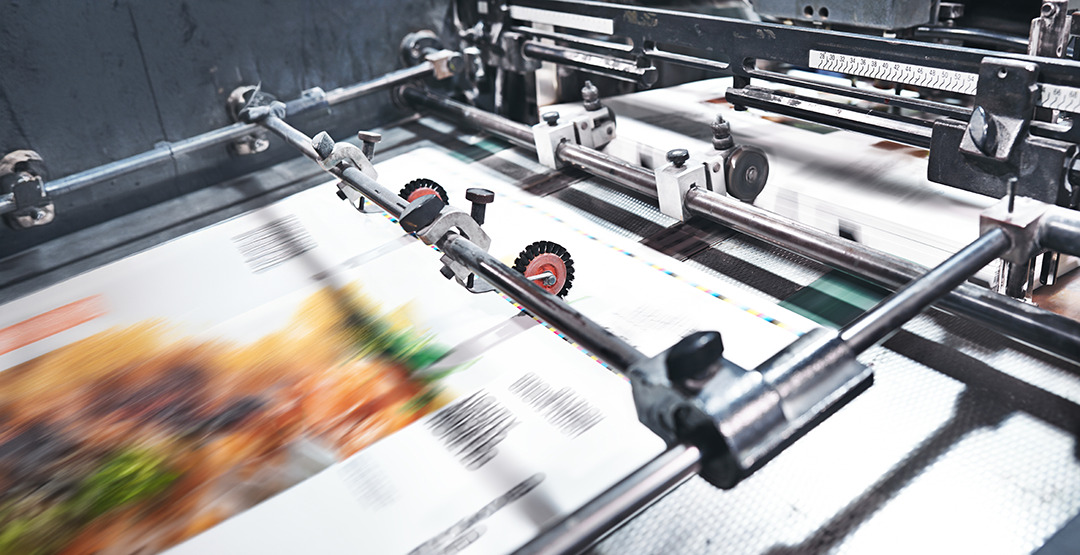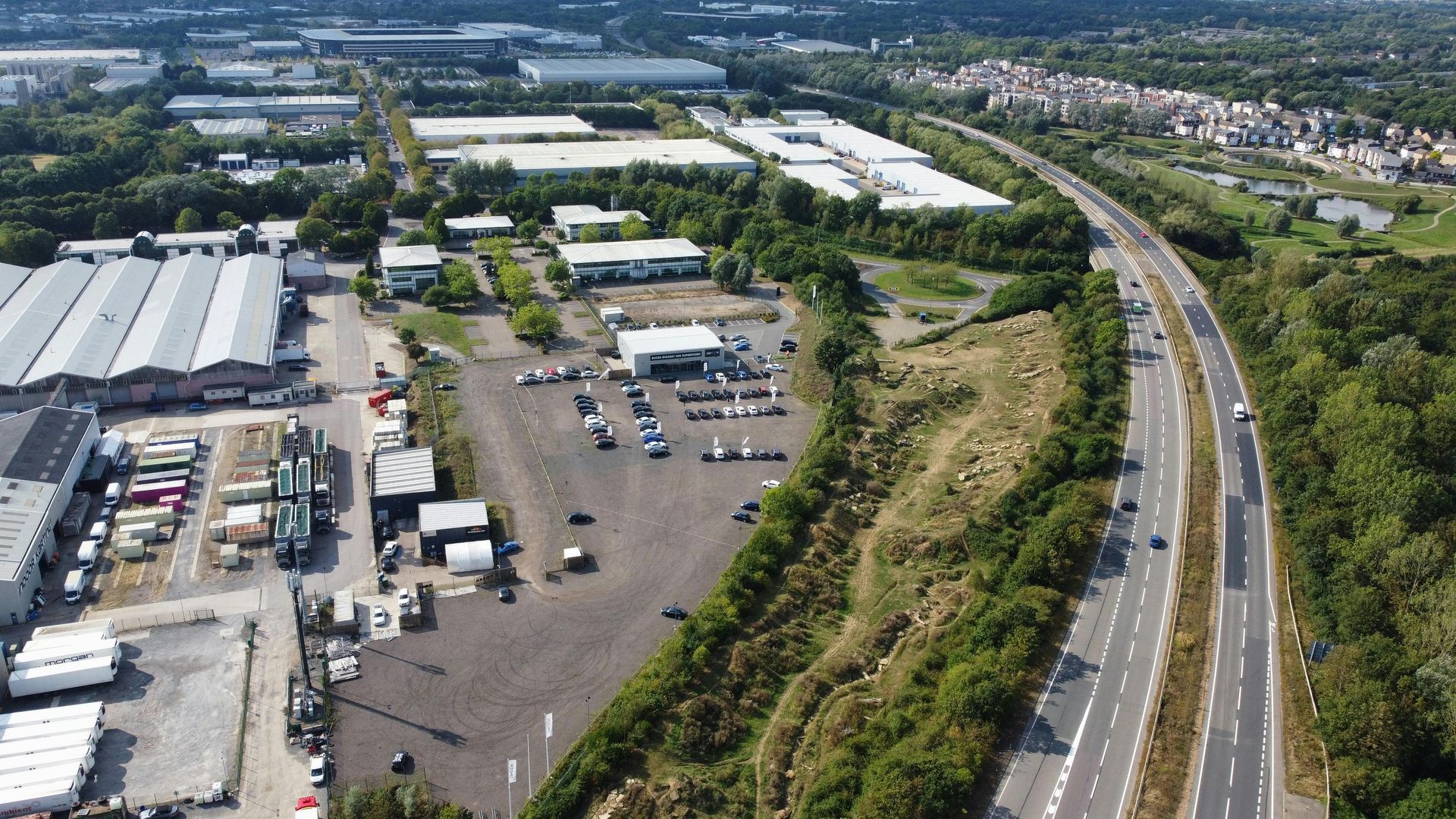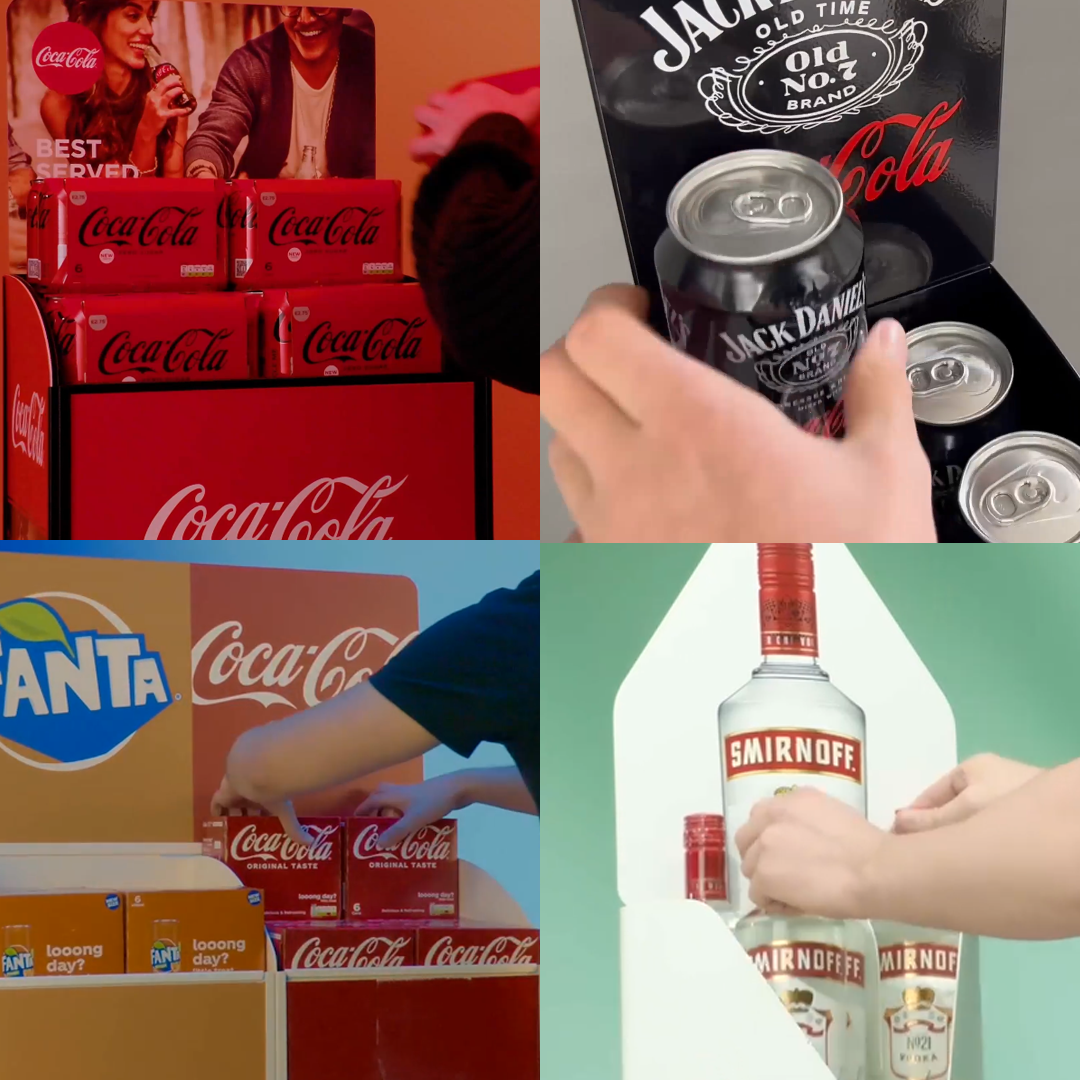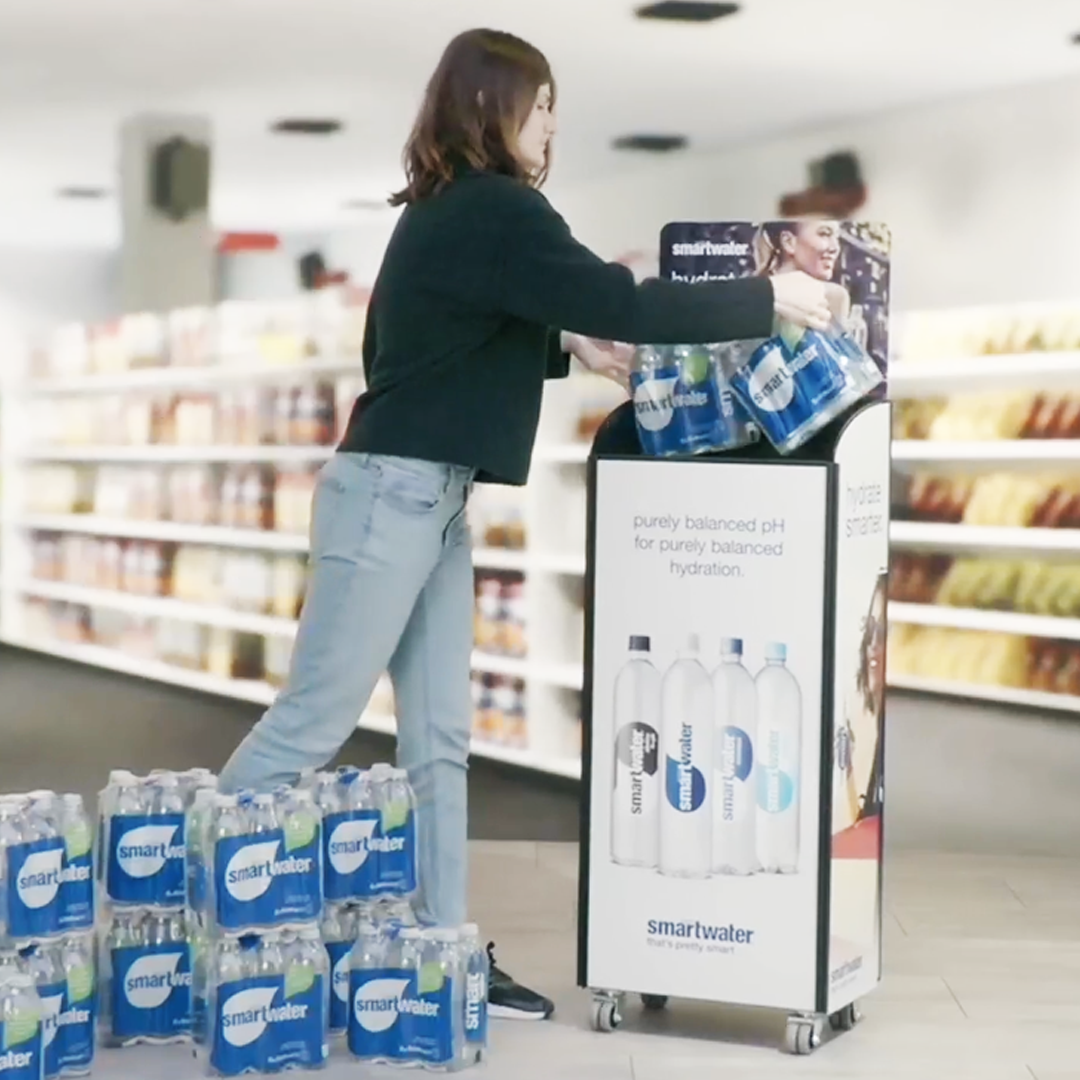The Challenges of In-Store Compliance & Sustainability – Part 2
The Challenges of In-Store Compliance & Sustainability – Part 2
You can read part one here
The lack of a unified understanding of compliance, coupled with inconsistent systems and data collection methods, exacerbates the issue. Until this fragmentation is resolved, compliance challenges will persist.
The pervasive issue of unused, temporary point-of-purchase (POP) displays highlights a significant environmental problem. Each cardboard display, from its inception to its disposal, consumes valuable resources and generates waste.
Consider the journey of a single cardboard display
● Resource Extraction: Trees are felled to produce the raw material, wood pulp.
● Manufacturing: The wood pulp is processed into cardboard, a process that requires energy and water.
● Design and Printing: The display is designed digitally, often involving multiple iterations and print proofs, each generating paper waste. Inks, lamination, and other finishing processes further contribute to environmental impact.
● Shipping and Distribution: The finished display is shipped to distributors and retailers, consuming fuel and generating emissions.
● Storage and Disposal: If the display isn't used, it's often stored in warehouses or backrooms, taking up space and potentially deteriorating. Eventually, it's either recycled or, worse, discarded into landfills.

To address all these complex issues, a more sustainable approach is urgently needed. Retailers and brands should collaborate to optimize ordering, improve forecasting, and implement efficient recycling programs.
A 2024 POPAI UK & Ireland report, based on surveys and interviews with brands, retailers, and installers, revealed key insights:
● Audit Challenges: Many businesses struggle to accurately audit their displays due to the size of their estates, often relying on limited snapshots or estimated compliance levels based on past experience.
● Compliance Estimates: For temporary displays, 38% of brands and retailers estimated 80-99% compliance, while 46% believed it was 60-79%. However, these figures are acknowledged to fluctuate significantly (30% to 90%) depending on display type and retailer.
● Placement Discrepancy: A significant gap exists in awareness of actual display placement. 72% of brands knew their temporary point-of-purchase (P-O-P) displays were placed, but only 50% of retailers confirmed placement. This raises concerns about the impact on brand sales if a substantial portion (potentially 50%) of promotional displays are not installed.
Additionally, investing in reusable or biodegradable display materials can significantly reduce the environmental footprint of in-store marketing. By taking these steps, we can minimize the waste associated with unused POP displays and create a more sustainable future.
By transitioning to durable, metal displays, retailers and brands can significantly reduce their environmental impact and improve the overall efficiency of in-store marketing.

Permanent metal displays offer several advantages:
● Increased Sales Performance: Once installed in the correct location, these displays remain in place for extended periods, maximizing product visibility and driving sales.
● Reduced Carbon Footprint: Eliminating the need for frequent replacements of temporary cardboard displays reduces the demand for raw materials, energy consumption, and transportation emissions.
● Minimized Waste: By reducing the reliance on single-use cardboard, retailers can significantly decrease waste generation and landfill contributions.
● Streamlined Operations: Fewer installations and removals streamline operations, saving time and labour costs.
By embracing sustainable practices and investing in long-lasting display solutions, the retail industry can contribute to a more environmentally friendly future while enhancing its bottom line.
Blog contribution in collaboration with Steve Lister Sustainability Consultant to Global Brands & Retailers















